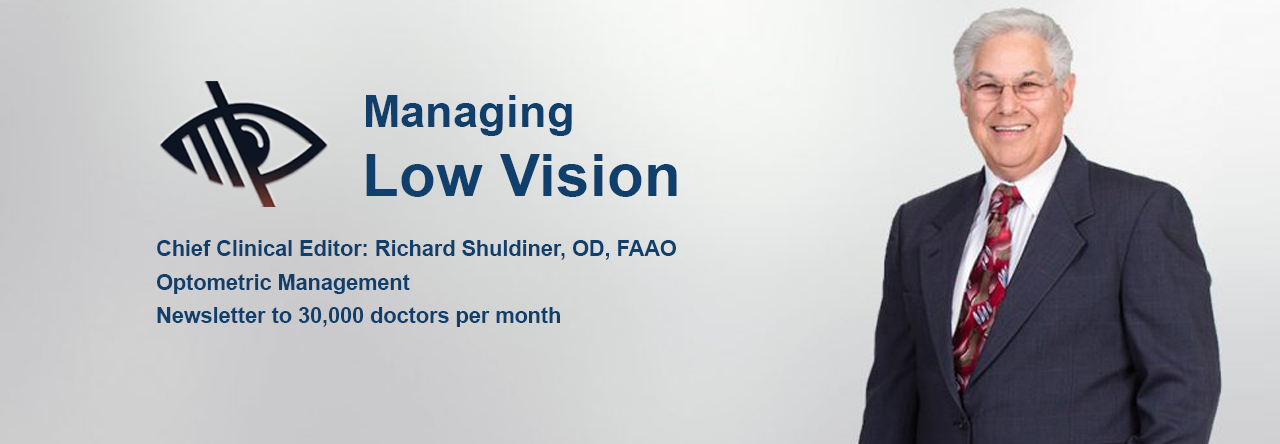 This past April I had the MIDCAB procedure: Minimally Invasive Direct Cardiac Artery Bypass Surgery. Three months before, when I awoke from my angiogram and the results indicated bypass surgery, my cardiologist calmed me down by saying these magic words:
This past April I had the MIDCAB procedure: Minimally Invasive Direct Cardiac Artery Bypass Surgery. Three months before, when I awoke from my angiogram and the results indicated bypass surgery, my cardiologist calmed me down by saying these magic words:
“Listen to me: they can do the bypass without opening your chest or stopping your heart!”
Then he said an amazing thing: “I don’t know who does it or where it’s done. But I know it’s available and you will have to do some research”. I silently thank him every day for saying that.
I did the research and I had MIDCAB: no opening the chest, no stopping the heart, two-week recovery with no activity restriction, no pain, and no “pump head”!
Why am I telling you this? Because we must stop saying “nothing more can be done” to vision loss patients when there is help available. We can refer patients for low vision services WITHOUT KNOWING WHO TO REFER TO, WHERE TO REFER TO, WHAT SERVICES ARE OFFERED, or anything else about low vision care, for that matter. We can just inform the vision loss patient that services are available to help them. We can simply say: go home and have someone Google search: “low vision”.
Welcome to the first Managing Low Vision E-Newsletter, a new monthly publication sponsored by Vispero, a low vision company. This newsletter is long in coming and will, hopefully, change the culture of the eye care profession to include those with vision loss. This newsletter is aimed at creating awareness of how low vision care can make a huge difference in a vision loss patients’ life. It’s about altering the phrase: “nothing more can be done” to Google search: “low vision”.
I’ve been offering low vision services for most of my 48 year optometric career. The number one question asked is NOT “can you help me”. The number one question is: “Why haven’t any of my eye doctors told me this help was available?”
Referral for low vision rehabilitation is now the standard of care for those with vision loss.
Over the next eleven issues you will learn about low vision rehabilitation services: how the exam is conducted, the kinds of low vision devices available, how the various devices work, when/why to prescribe them, how vision therapy can help, and more.
My intentions for this publication are:
- Awareness of what possibilities can open up for the vision loss patient.
- Changing the culture from “nothing more can be done” to a referral for low vision services.
- Having guest writers from all areas of the low vision community share their insights, ideas, cases, experience and knowledge for the betterment of all.

